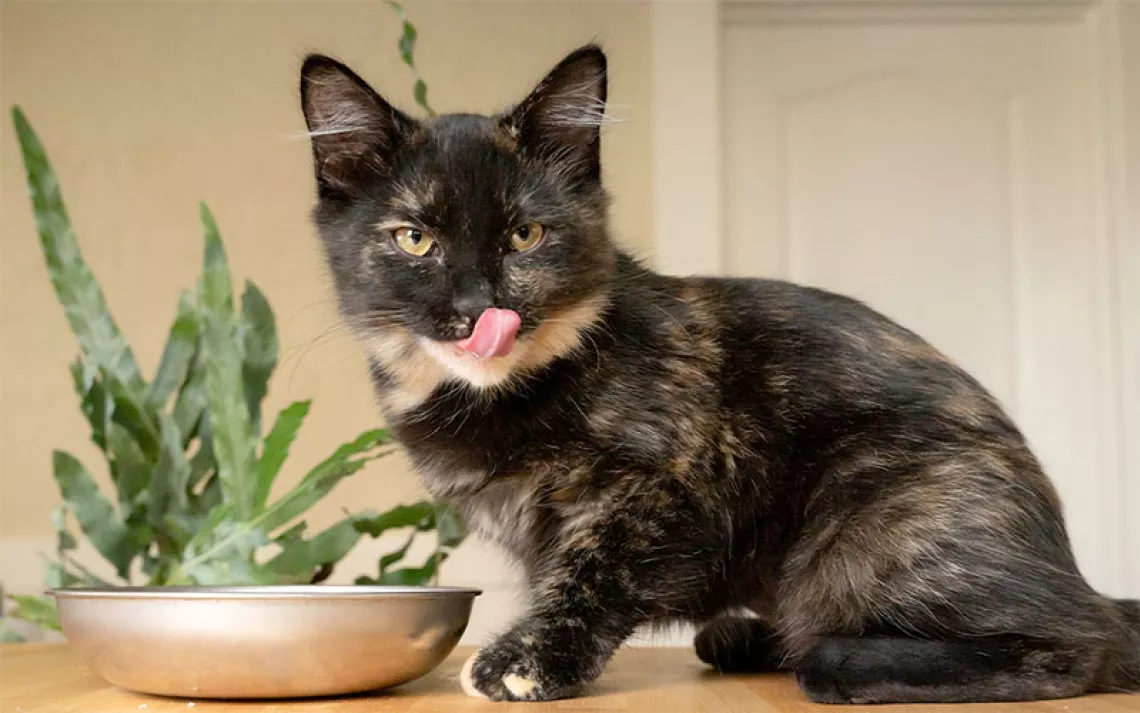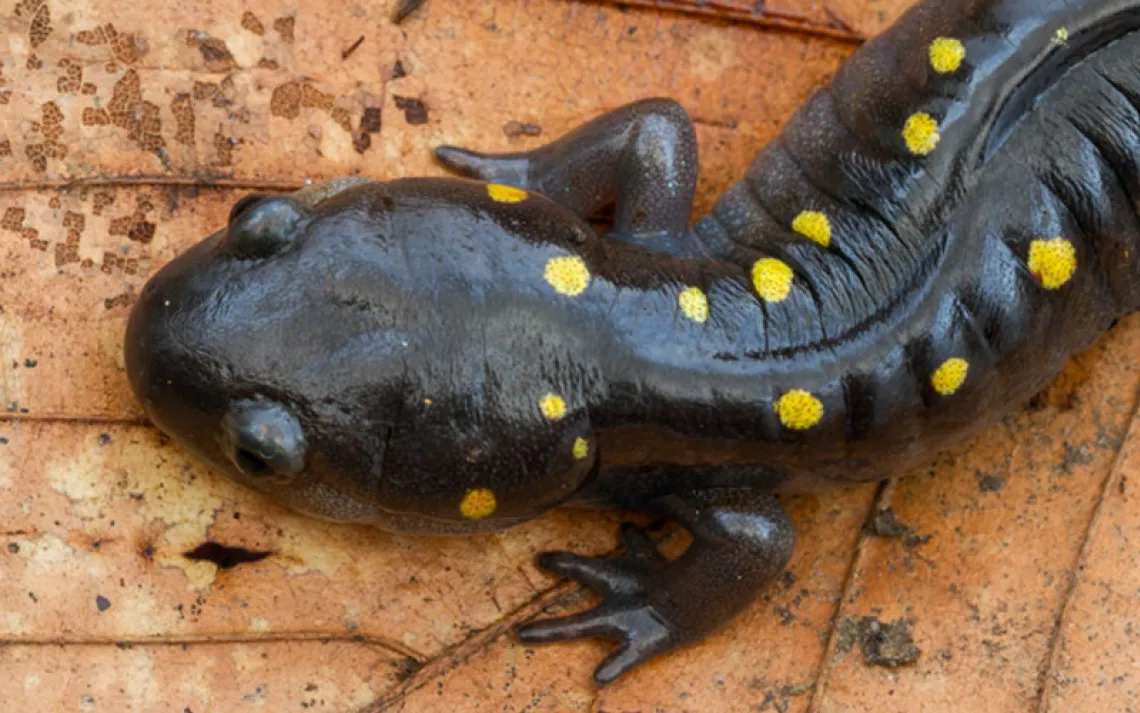Last of the Giants
The Yangtze turtle has cause to be grumpy

Yangtze turtle | Photo by Joel Sartore/National Geographic Photo Ark
A year ago, Vietnam mourned the death of a national icon: Cụ Rùa, Great-Grandfather Turtle. The 360-pound behemoth had lived in Hoan Kiem Lake in central Hanoi for decades—some say centuries—and was considered a sacred symbol of Vietnam’s independence from China. Cụ Rùa’s passing was a cultural loss for Hanoi—and also a tragedy for biodiversity.
That’s because Great-Grandfather was one of four remaining Yangtze giant softshell turtles, a species that once plied the Yangtze and Red Rivers but is now reduced to two individuals in a zoo near Shanghai and another in a lake in northern Vietnam. They are the world’s most endangered turtles and also the largest aquatic variety. The creatures have massive, amorphous soft shells, while beady green-yellow eyes and a downward-cast mouth give them an expression of permanent indignation to rival that of Grumpy Cat.
In 2009, conservationists brought China’s two remaining turtles together, hoping for romance. While the pair did couple, the eggs were all duds. An examination revealed that the male’s penis had been mangled in a fight 20 years earlier, leaving him ill-equipped to penetrate the female’s labyrinthine cloaca. Two attempts at artificial insemination—the first ever carried out on a softshell turtle—failed, but scientists plan to try again next year. “There’s a lot of willpower to save this animal,” says Rick Hudson, president of the Turtle Survival Alliance, “but the situation could not be more desperate.”
 The Magazine of The Sierra Club
The Magazine of The Sierra Club



